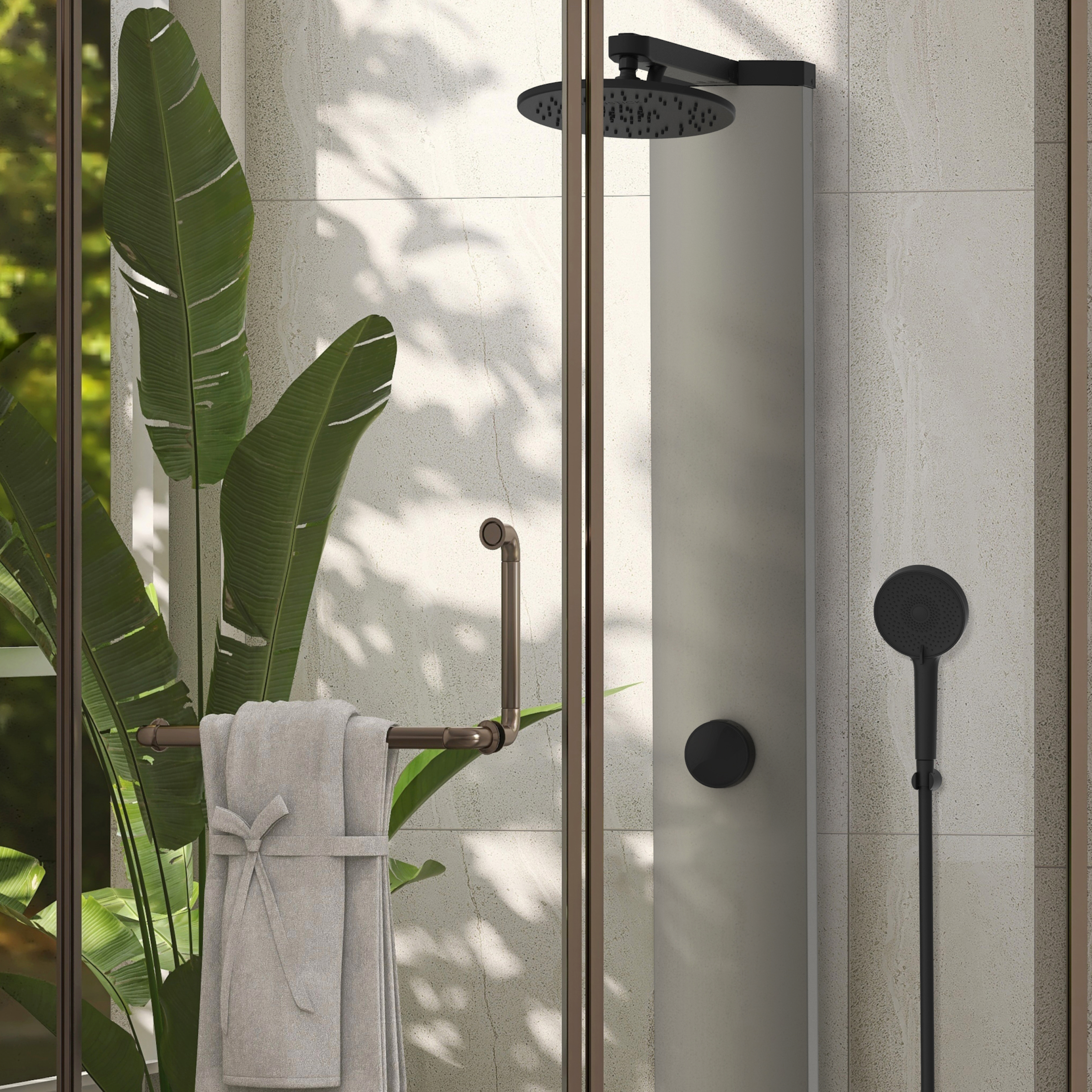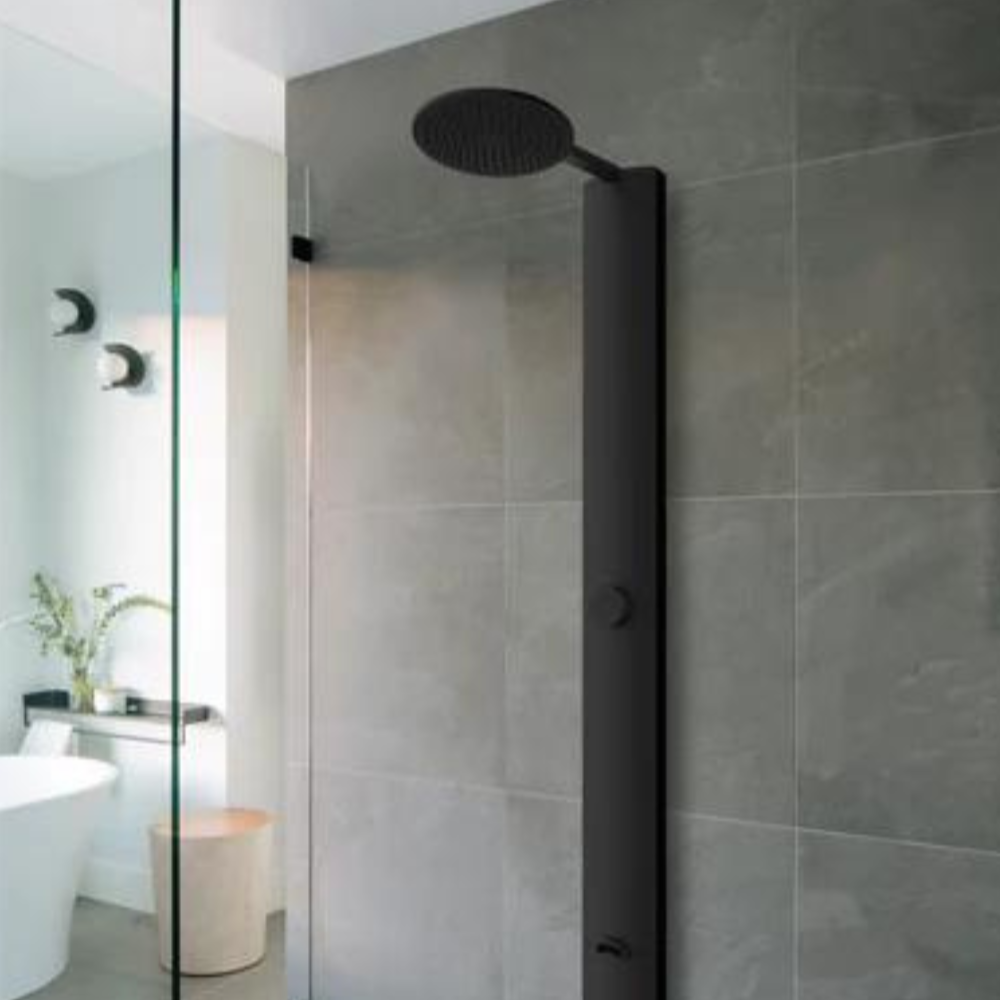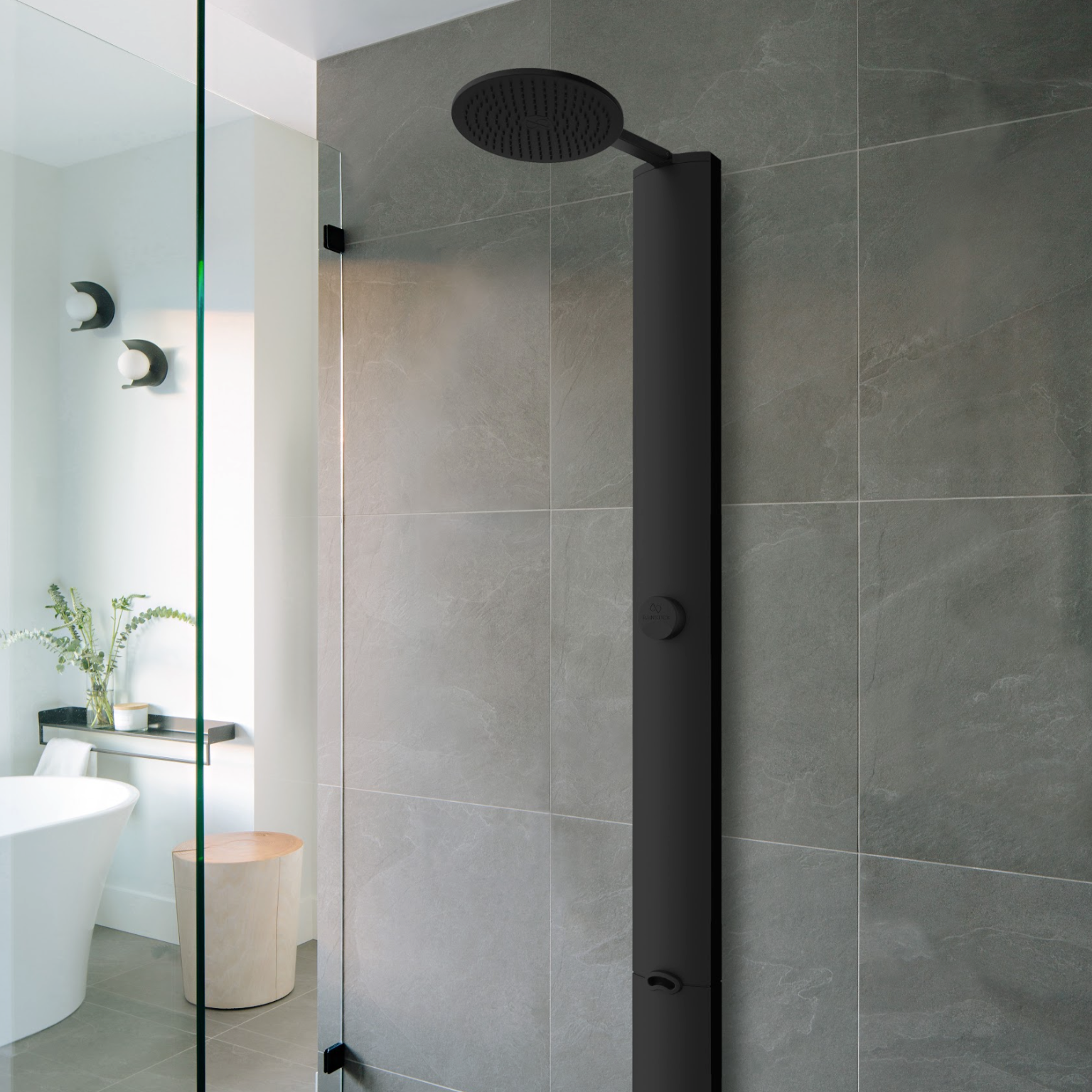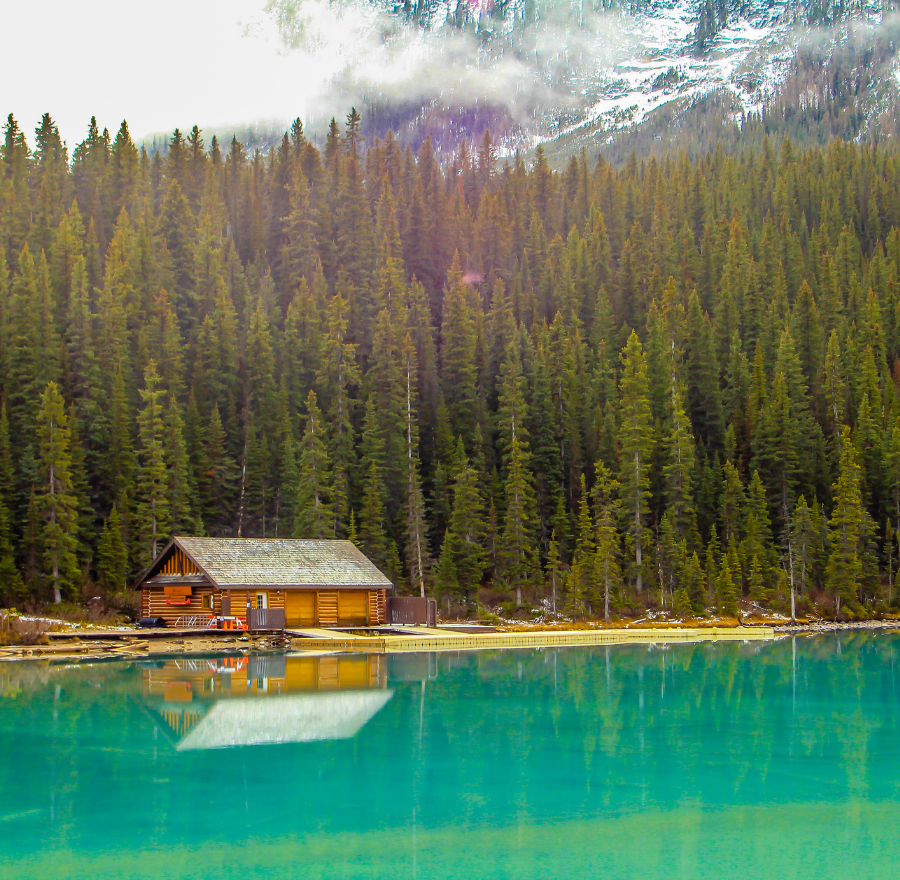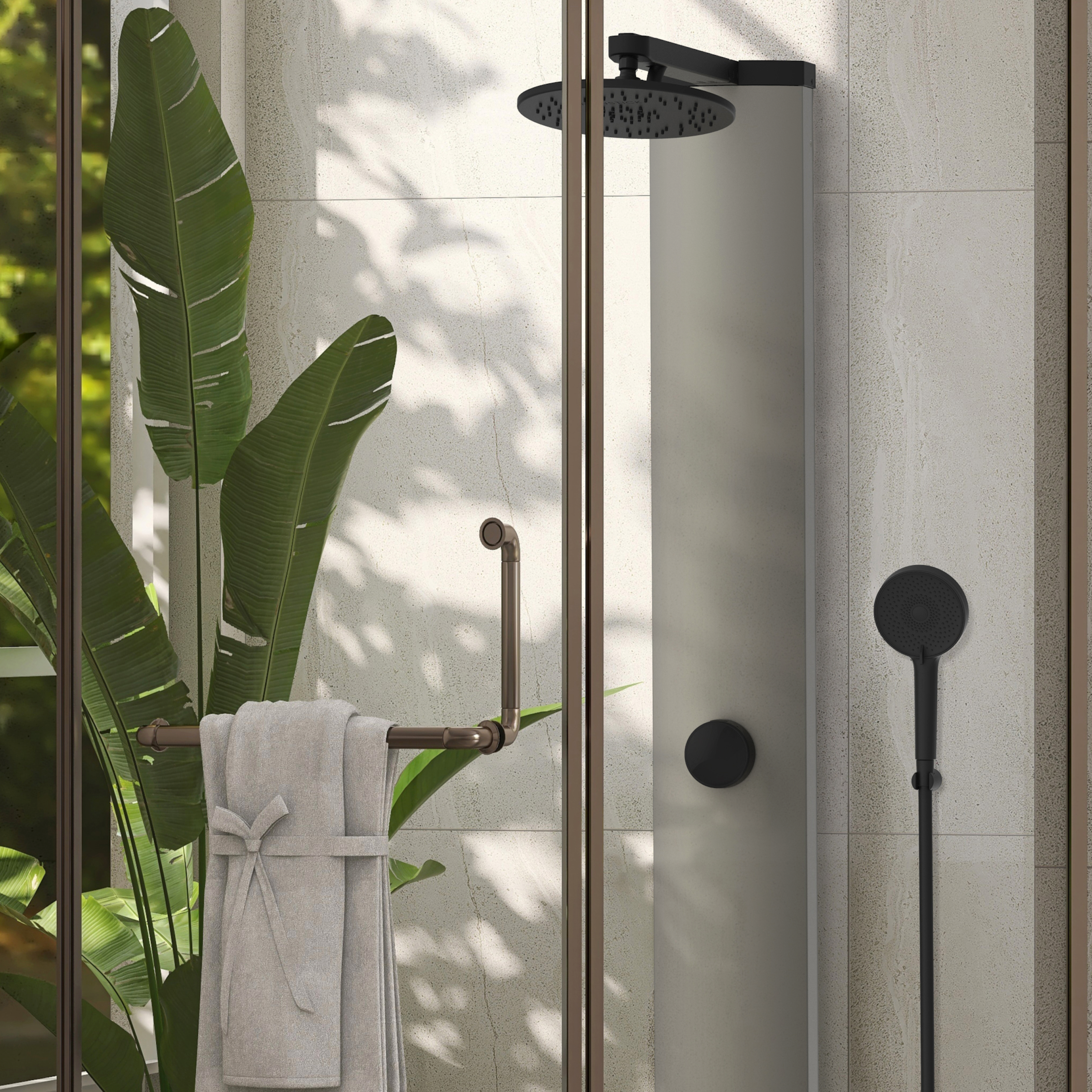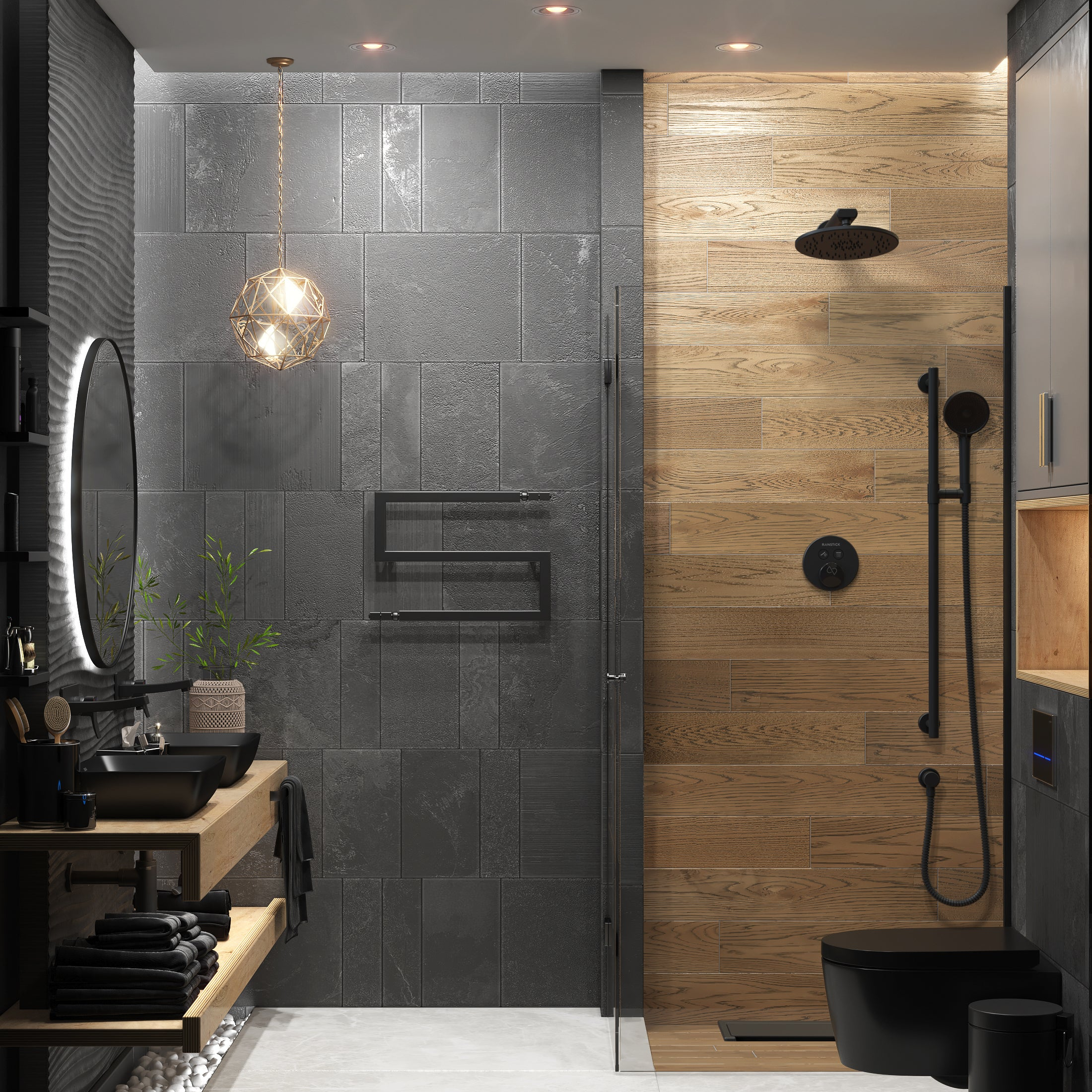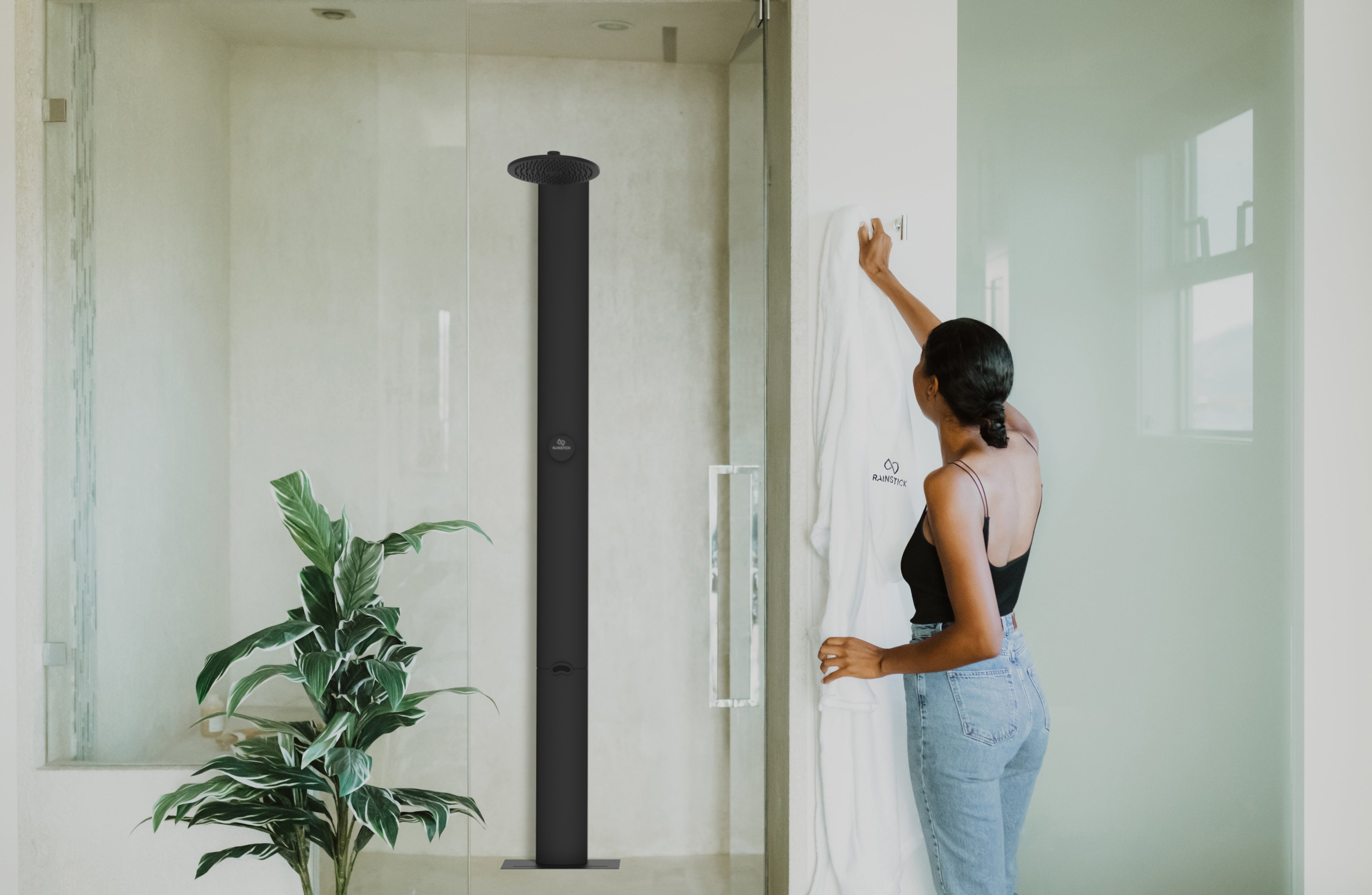Deciding to build a home can be an exciting adventure, however, there are many details to think about. From choosing a home building company, whether or not to include eco-friendly materials or smart home technology, and making design decisions, it can be a lot of work to build a new house. We’ve compiled a helpful list of 8 Things to Consider When Building a New Home.
What’s on your New Build Checklist?
Building a new home allows you to make your home your own from the very start. There is much to consider when you start planning your new build, such as needs versus’ wants- Your needs would be your must-haves in your build, and wants would be nice to have but not required. To guide you on what your must-haves are versus your wants, ask yourself some of the following questions before designing your new home.
- Is there going to be a garage, if so, is it going to be attached or detached?
- Do you want to create a home spa-like experience bathroom or stick with a traditional bathroom design?
- How many bedrooms and bathrooms are needed?
- Do you want built-in storage or a built-in fireplace?
- Are you going to include eco-friendly and smart home appliances?
There’s so much more to think about, make sure when you are planning your new house build to work with a professional home building company that can guide you through the entire process so that you don’t miss anything.
Read: Shower Remodelling- 8 Things to Consider
What is your Timeline for building a new home?
Building a new home is a time-consuming process as many steps need to be done before the builder can make your dream home a reality. When planning to build a new house, you may wonder “how long do new construction homes take to build?” Realistically, it can take twelve to fourteen months from start to finish to build a custom house, six to ten months to build a modular home as per Prestige Homes and four to eight weeks for a prefab home according to Builders Ontario. Keep that timing in mind when selling your current home. There are often delays that come up for various reasons such as bad weather or supply chain issues can help prevent unrealistic expectations as to when a house will be complete. The supply chain is variable and is difficult to manage right now. The Canadian Home Builders’ Association (CHBA) reported in late October that the average home construction project in the country was facing average delays of seven weeks in the third quarter of 2021, a figure that’s only worsened from the previous three months. The supply chain delays can affect all parts of the build, from building materials like wood framing or plumbing materials to finishes such as doors or flooring, even furniture may take a few months to arrive.
Consider your Home Building Contractors
When building your dream home, consider prioritizing a “green build”. This can be done by using sustainable building materials and making eco-friendly choices throughout the building process. You can include toilets, showers, and sinks that use less water or energy-saving kitchen appliances. Consider hiring a contractor that is certified or familiar with LEED or EEBA. Eve Lampert from Green Home Gnome explains that “Leadership in Energy and Environmental Design (LEED) is a strict set of building standards that are widely recognized internationally. The Energy and Environmental Building Alliance (EEBA) is another regulatory body for sustainable building practices that your contractor should be familiar with. If they’re a member with a “Master Builder” title, this indicates that they have a thorough knowledge of sustainable building practices”. When it comes to hiring a contractor, you should talk to a few different builders and ask them questions to see if they would be a good fit. We like this guide from EcoHome explains what to look for when choosing a green contractor.
Prefabricated Homes
Modular homes and prefab homes are a great alternative to a traditional design-and-build home. Modular and prefab homes are not that different from traditionally built homes. They are built indoors, in a factory setting, and the finished “building blocks” are covered and transported to the homeowner’s property. A builder then assembles the house on location. These homes can be built in a matter of weeks as opposed to months because they are built indoors and weather delays are nonexistent. Some companies build modular/prefab homes that are green or sustainably focused. Mary Read from Green Building highlights this company, “Écohabitation, the Quebec affiliate of Ecohome, offers prefab homes that are designed to meet Passive House, Zero Energy Ready and/or LEED certifications. Some of their offerings are modular, while some are panelized. All are worth mentioning for their high performance. Their Eco-Habitat S1600 homes, for example, are designed to maximize energy performance, with double-framed wall construction, recycled cellulose insulation, wood fibre insulation panels and R6 rated, triple-glazed windows. Solar air heating panels and a heat pump warm the home, while gray water heat recovery units lower the energy used for hot water heating.” Consider looking into sustainable modular/prefab home building companies near you for your new home build.
Passive House (Passive HAUS)
Passive House Design is a meticulous energy-based standard used in the design and construction industry. Passive House buildings use up to 90 percent less heating and cooling energy than regular buildings. This building standard can be used in any building type or design. The benefits of using the Passive House design standard include: easy to use systems that control the temperature and air quality indoors, reductions in operating costs and the peace of mind that your home has reduced carbon emissions.
Design for your Future
When it comes to planning for the interior of your home you have to think about the architecture and design elements as more than just decor, you have the opportunity to shape your home space. You can choose whether or not you want an open concept floor plan or have arched door frames. When it comes to choosing a design style, there are many to choose from such as traditional, minimalist, rustic, and many more. It may be helpful to research different interior design styles with a visual platform such as Pinterest to figure out which style suits you best. When choosing a design style, think about how the style and function will work together to create the atmosphere you’re looking to create.
Doing your research and making well-informed decisions while the house is being built can prevent you from feeling like you have to renovate or restyle within a year or two of moving in. Including smart homes, technology can make your house more functional. Smart technology doesn’t have to be super high-tech, it can be as simple as having smart control of the thermostat, lighting, or turning on your shower. The Google Nest Thermostat lets users control the heating and cooling systems by phone or voice, set temperature schedules, and offers energy-saving features that can help lower your bill. The RainStick Shower also has an app that lets you turn on your shower and set the temperature. Check out our blog about interior design trends in 2022 for more inspiration.
What lasting impact is my new home having?
When building your new home, you can choose to make environmentally friendly choices that can reduce your carbon footprint. A few ways this can be done is to use sustainable building materials, recycled building materials, or sourcing green energy such as using solar panels or energy-efficient light bulbs like LEDs. According to Direct Energy, “LEDs are also some of the most efficient bulbs available, being four to five times more efficient than standard incandescent bulbs for certified Energy Star® models. Since they last a staggering 15 to 25 times longer than traditional bulbs, and eight to 25 times longer than halogen bulbs, their cost is easily offset by their reduced energy consumption.” Installing water-saving fixtures and energy-efficient plumbing can help prevent water wasting. Rich Binsacca from Architech says “Installing low-flow alternatives, namely the 1.28-GPF toilets now required by the International Green Construction Code, and more water-efficient showerheads and faucets drops daily consumption by 36% or about 15 gallons per capita—a potential savings of 12,500 gallons of water a year per household.” Eco-friendly smart homes are becoming more popular and technology keeps evolving, making it easier to incorporate smart home technologies into your new home build.
Andrea Harvey from Safewise explains how smart homes work, “A smart home is a residence with green-focused technologies and home systems that help to secure and run the home while staying eco-conscious. Smart home systems can be conveniently controlled by a smartphone or central control panel in your home. A few of the systems that can be controlled by smart home technology include lighting, temperature, and security systems. The television, coffee pot, hot tub, computer, and stereo are examples of appliances and electronics that you can manage remotely with smart home technology. From within your home or around the world, a smart home provides you comfort and convenience while enhancing security and energy efficiency. Smart home automation can reduce your home’s energy consumption and in doing so make it greener and helps you save money in your home.”
Is your project giving you the biggest return on invested capital?
Did you know that Canada has a Greener Homes Grant? It started in May 2021 and is planned to be around for seven years. This grant can give users up to $5000 to help homeowners make energy-efficient retrofits to their homes, such as better insulation. You can apply for this grant online on the Government of Canada website. Another way to enhance your new home build is to include products that have a return on investment. Solar panels are a great way to save on energy usage and usually have a good ROI. Factors such as location, and electricity usage can affect how long it takes to see your ROI. Homeowners can expect the payback period to be between five to 15 years. By installing a water-saving shower such as a RainStick, an average family of five can see a return on investment in three to five years depending on your local water and energy costs.
Small Details have a Big Impact.
When building a new home, remember to think about smaller details. Think about your showerhead height, including storage in your bathroom or under the stairs, having enough electrical outlets in each room, or adding under cabinet lighting in the bathroom or kitchen. You can also ask your builder if it’d be possible for you to keep or donate excess building materials to your local home improvement thrift centre. Another thing to consider is the placement of light switches, it’s a tiny detail that can have quite an impact on your daily life. Can you turn on the light before you enter a room or from both ends of a hallway? When building your home, make sure you do lots of research beforehand to make sure you don’t miss anything important.


